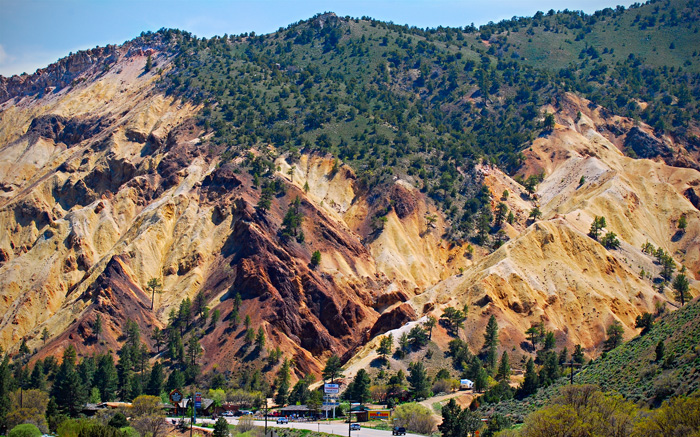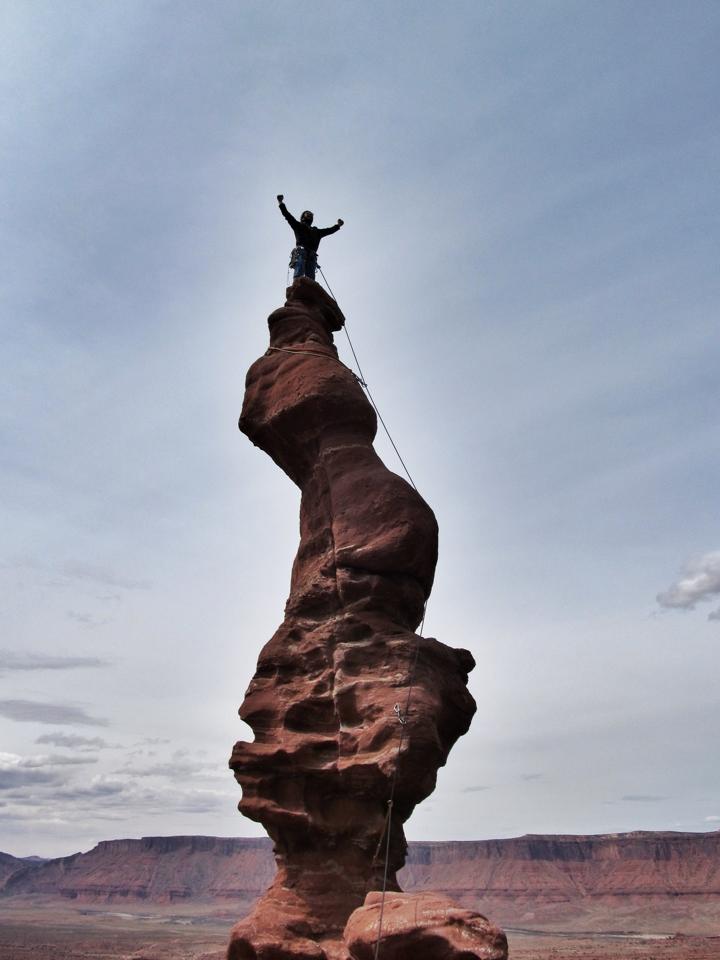Where does all the oil go?
May 22, 2010

Something I learned today about the oil gushing into the Gulf of Mexico from BP's blown-out well got me thinking about all the oil that didn't get away, the oil that BP and the other companies have managed to pump and sell over the past century or so, without "wasting" much through spillage.
What I learned from TV news this evening was that one reason BP has sought to downplay the amount of the Deepwater spill is that the company will likely have to pay agreed-upon royalty fees to the government for every gallon sucked out of the earth, including all the gallons spilled into the Gulf. Of course, when BP signed that contract, it was planning to harvest all the oil, not let millions of gallons of it float away.
And what about the oil that gets pumped up properly, refined, delivered to gas stations and power plants and heating oil companies, and eventually sold to us customers. What do we do with it? We burn it, of course (except for the portion we use to make plastic). Some small amount of residue from the burning gunks up our cars' engines and catalytic converters and slimes up the surface of our roads, but modern cars burn fuel pretty efficiently; the vast majority of what was gasoline when we paid for it goes out the tail pipe and into the air. You can see the oil in the air in this picture, which shows the view from the Wasatch Mountains of Utah, looking westward toward Salt Lake City. The exhaust from a few hundred thousand cars has become thick smog, completely hiding the city.
The twentieth century was the age of oil; Saudi Arabia's wealth was discovered in 1900. By approximately 2000, we'd burned up half of all the oil believed to exist, including almost all the oil in Texas and Oklahoma and most of the oil in Alaska. Much of that century's worth of oil smoke is still in the air, doing its greenhouse-gas thing, but much has fallen back to earth by now, often washed out by rain and snow. We say that a rain shower has "cleared the air," and it has. Back on the ground, the chemicals that perhaps recently floated in the air as smog and once upon a time rested deep underground as oil now leach down through the soil into our groundwater or wash directly into creeks and lakes and rivers and of course oceans. Either way, we drink that oil. And it's nasty--carcinogenic and flat-out poisonous.
All day every day, we drink oil and breathe it; after a century of oil-burning, we and all the other plants and animals on the planet probably have traces of oil in every cell in our bodies. A century is a very short time, evolution-wise; homo sapiens evolved in a world where almost all the oil was trapped deep underground, and hardly any of it was in the air and the water and the food chain.
We've been able to eat and drink and breathe oil and still get by, so to speak, because most of the time the burnt-up oil is diluted before we ingest it. The life in the Gulf of Mexico won't be so lucky.


 Looks like
Looks like